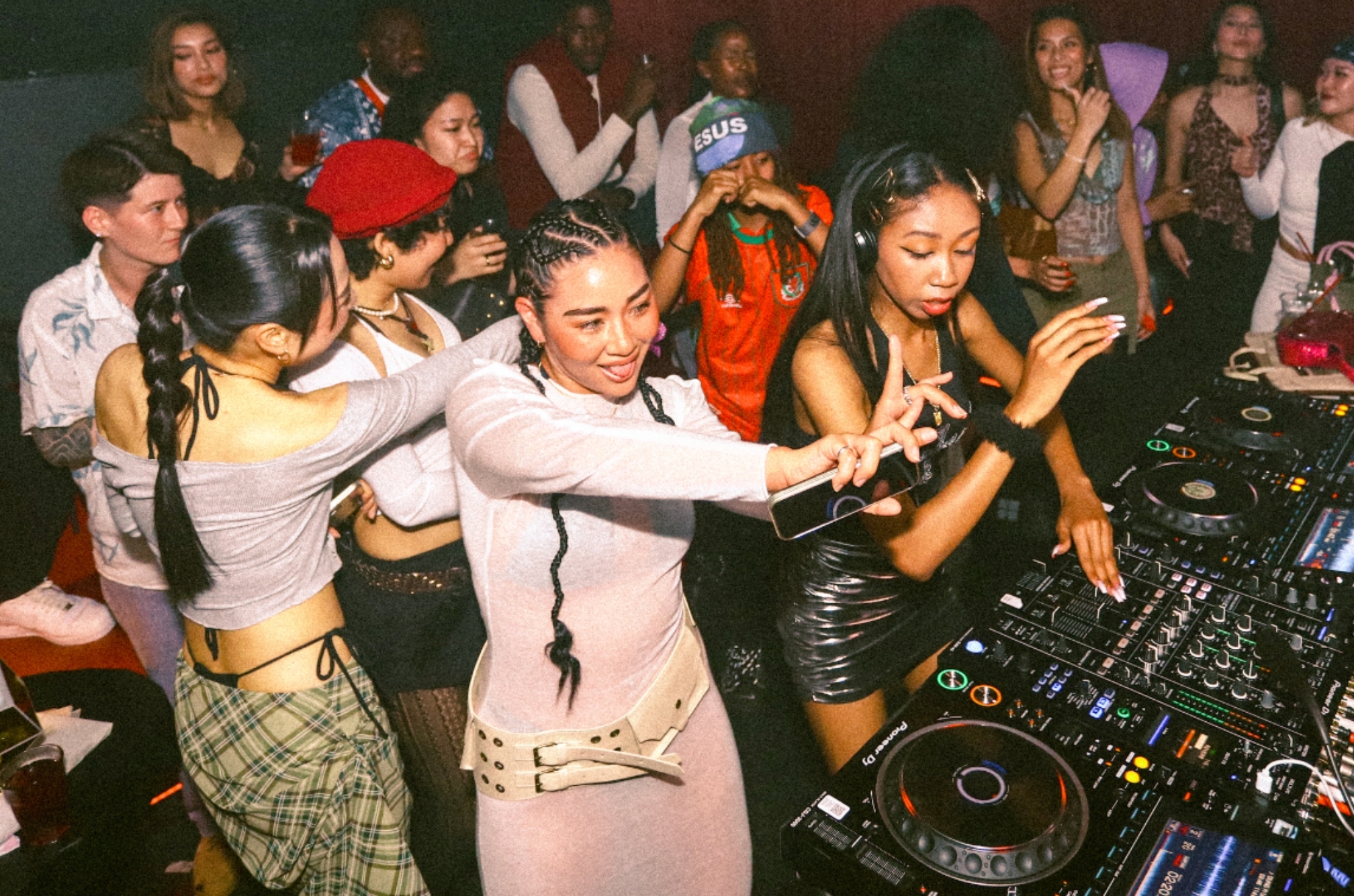 Features
Features
AMAPINIGHT is heating up Japan with amapiano, dance, and gyaru spirit
Get to know the high-energy party series that's celebrating diversity and inclusivity in the Land of the Rising Sun
Aoi Takase, Rina Hagai, and Sakura who all come from different backgrounds, came together and started hosting their party, AMAPINIGHT, in 2022. The three hosts, often dubbed the “vibes up crew” by multiple domestic media, now host parties all over Japan, from Tokyo, Osaka, Nagoya, and Okinawa. This time, we followed these girls for their first landing in Kyoto.
Everything about AMAPINIGHT originates from Sakura, one of the party hosts, who is a “hāfu” (a term for people who are children of half-Japanese and half-non-Japanese parents) of Tanzania and Japan. As a reggae dancer, she has always been in touch with the sounds and culture associated with the reggae scene in Japan. Gradually, inspired by her roots, she began to explore Afro-music, dancehall, and amapiano.
As she delved into the beauty of South African music and culture, she began to look for parties to experience it more closely. Soon, she realized that the Japanese nightclub scene lacked an adequate space to celebrate amapiano or South African music, despite its huge demand. Sakura then approached Aoi, her fellow dancer based in Osaka, and they began planning their first event.
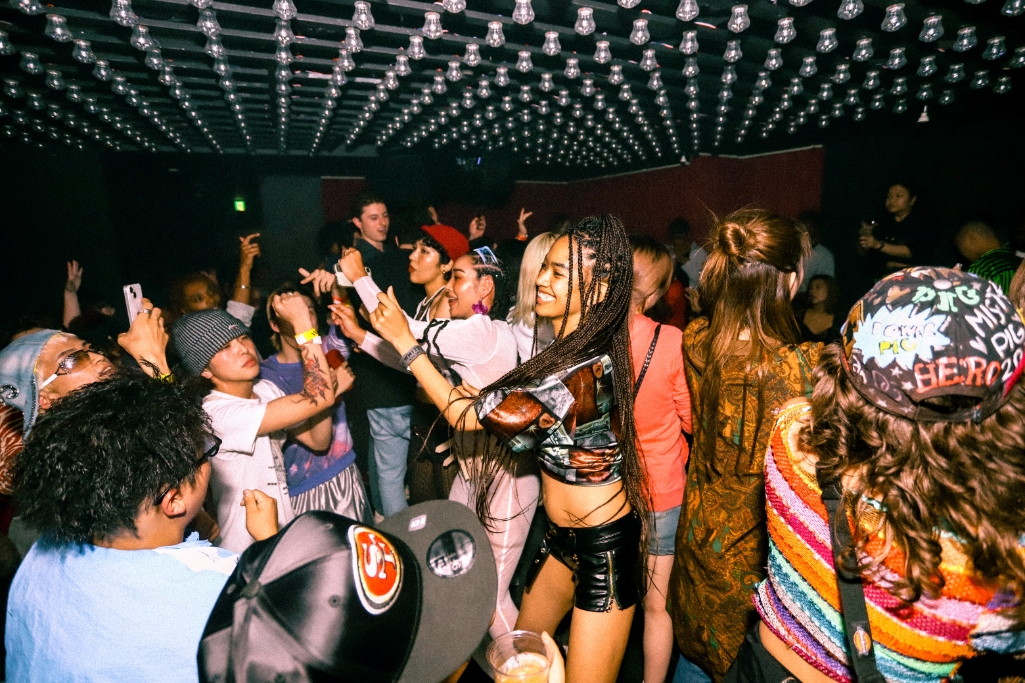
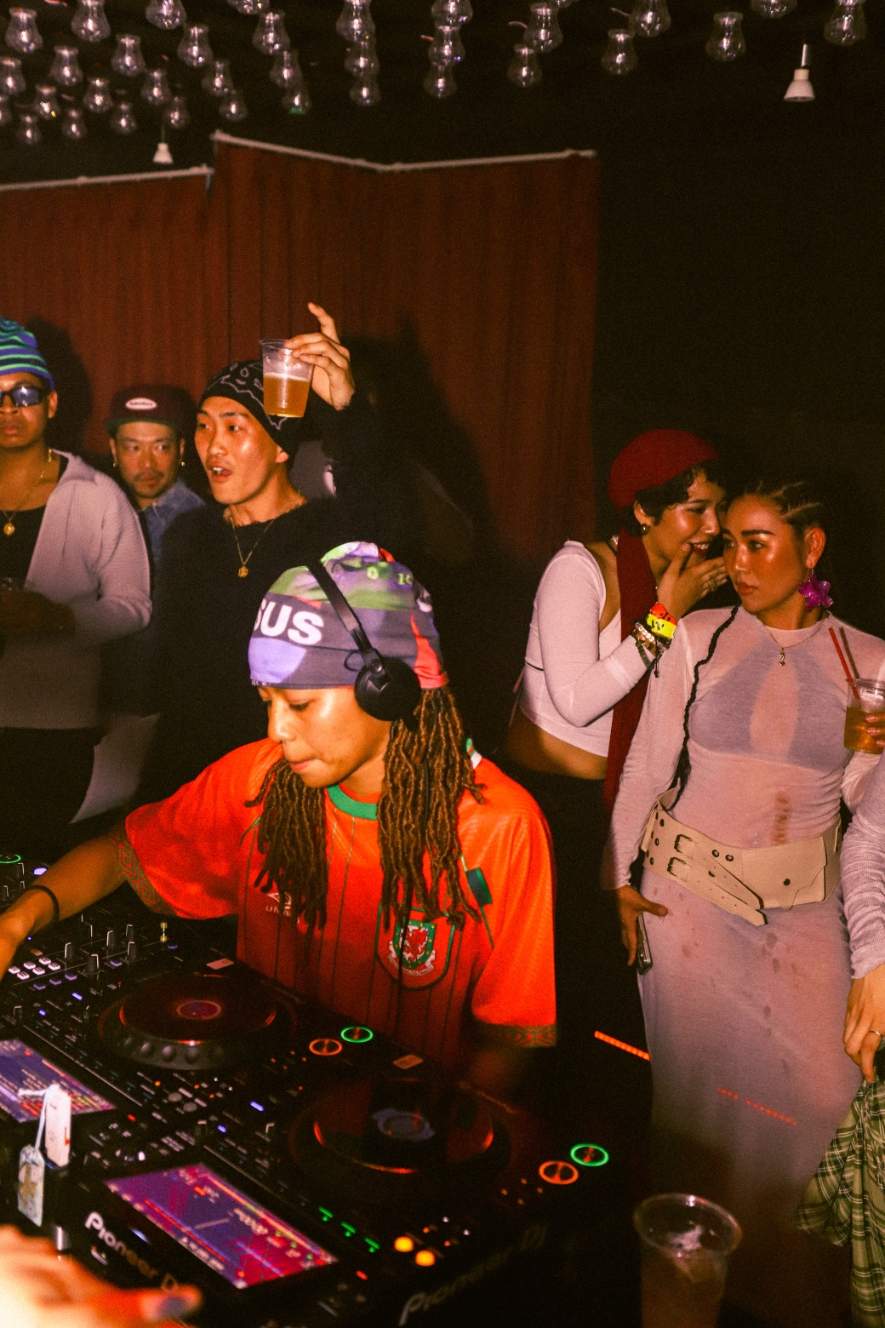
Their first party was held at Motorpool Gallery in Osaka, owned and run by the key member of FULLHOUSE, TAKENOKO who also is the resident DJ for AMAPINIGHT. Inviting the “pioneer of Amapiano in Japan”—mitokon from TYO GQOM, ANCHIN, SAMO and TAKENOKO— their first night had over 100 people coming in for a space usually meant for 50 people (controlled for safety reasons, of course). The girls reflect on their first night as “An ICONIC NIGHT for us. The floor was filled with bad gyals dressed up from head to toe, dancing their asses off like crazy. People who saw the footage from this night instantly flooded our DMs asking us to host another party in Tokyo, and that’s how it all started.”
When asked about how they attract such a crowd instantly, Sakura shared with us their past experiences: “We all come from different backgrounds and communities but one thing that is common is that we all have been in the nightclub industry for an extremely long time. We are all dancers, and our base were clubs, naturally. It all made sense for us to create a space by curating DJs with similar tastes and visions as us. We built something according to our preference and that ‘something’ matched the other gyaru’s needs from the clubbing scene, and in some cases, widened the gateway for clubbing. It's lovely having people coming up to us, telling us how carefully they chose their fabulous outfits specifically for our night. Some girls even braided their hair just for AMAPINIGHT!”
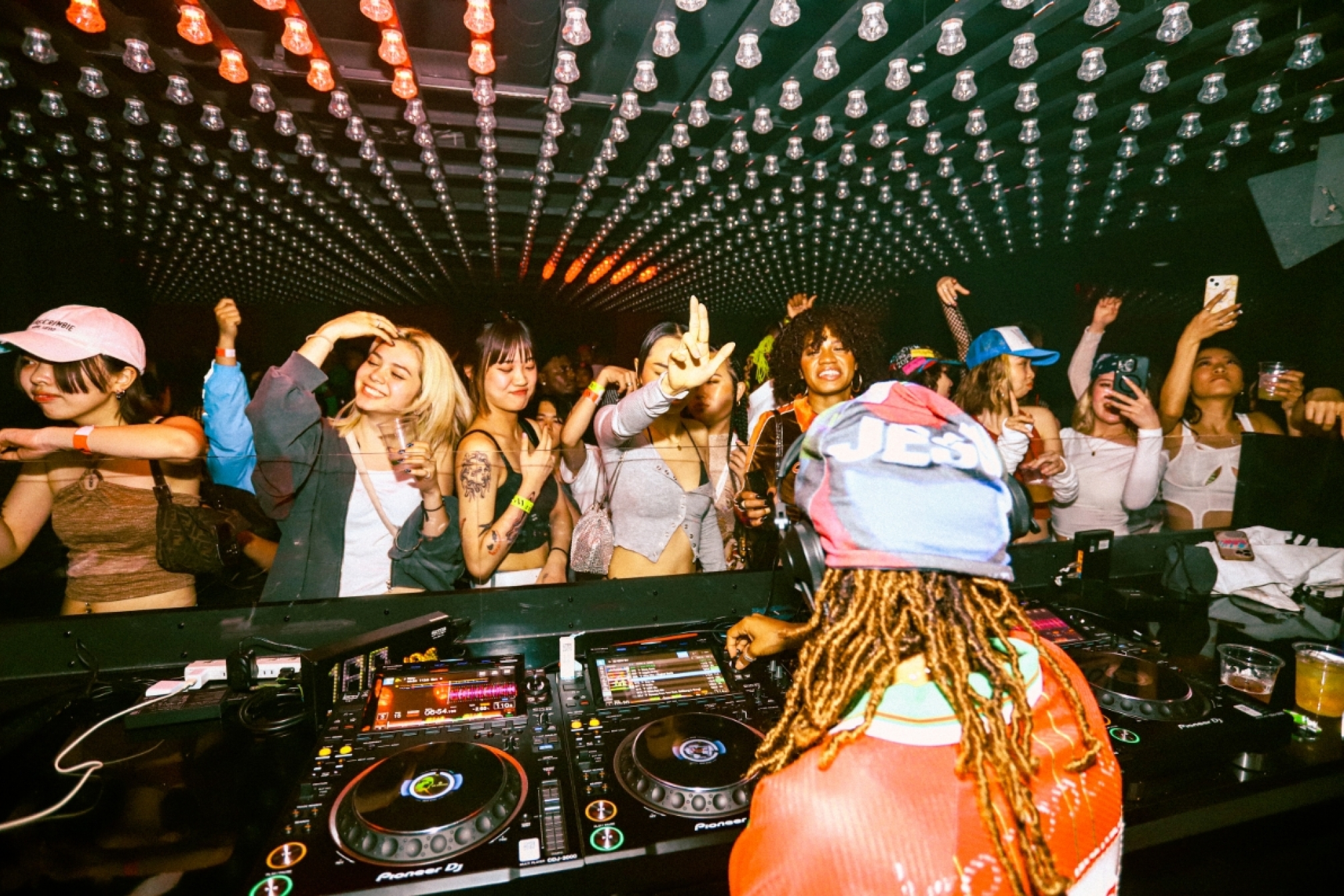
Gyaru is a Japanese transliteration of gal, but recently it refers to people with the mentality of positiveness, self-respect and resilience; literally anyone with such a mindset can be a gyaru, including boys.
Indeed, in Kyoto, people came up to Aoi, Rina, and Sakura, expressing how much they had been looking forward to that night. AMAPINIGHT spreads the circle for gyaru to connect and build this party together. Rina is a perfect example of this; she was actually one of the attendees for AMAPINIGHT in the beginning but then started hosting together with Aoi and Sakura after their second edition.
Similarly, FULLHOUSE’s Samo and TAKENOKO also joined as resident DJs. The atmosphere that night was a heart-warming sense of inclusivity and a strong presence of girl power.
From their second edition, AMAPINIGHT began associating closely with FULLHOUSE, a DJ/curator crew based in Osaka and Tokyo. The collaboration passed another milestone when they hosted the AMAPINIGHT X FULLHOUSE gig, inviting FALCONS from Los Angeles.
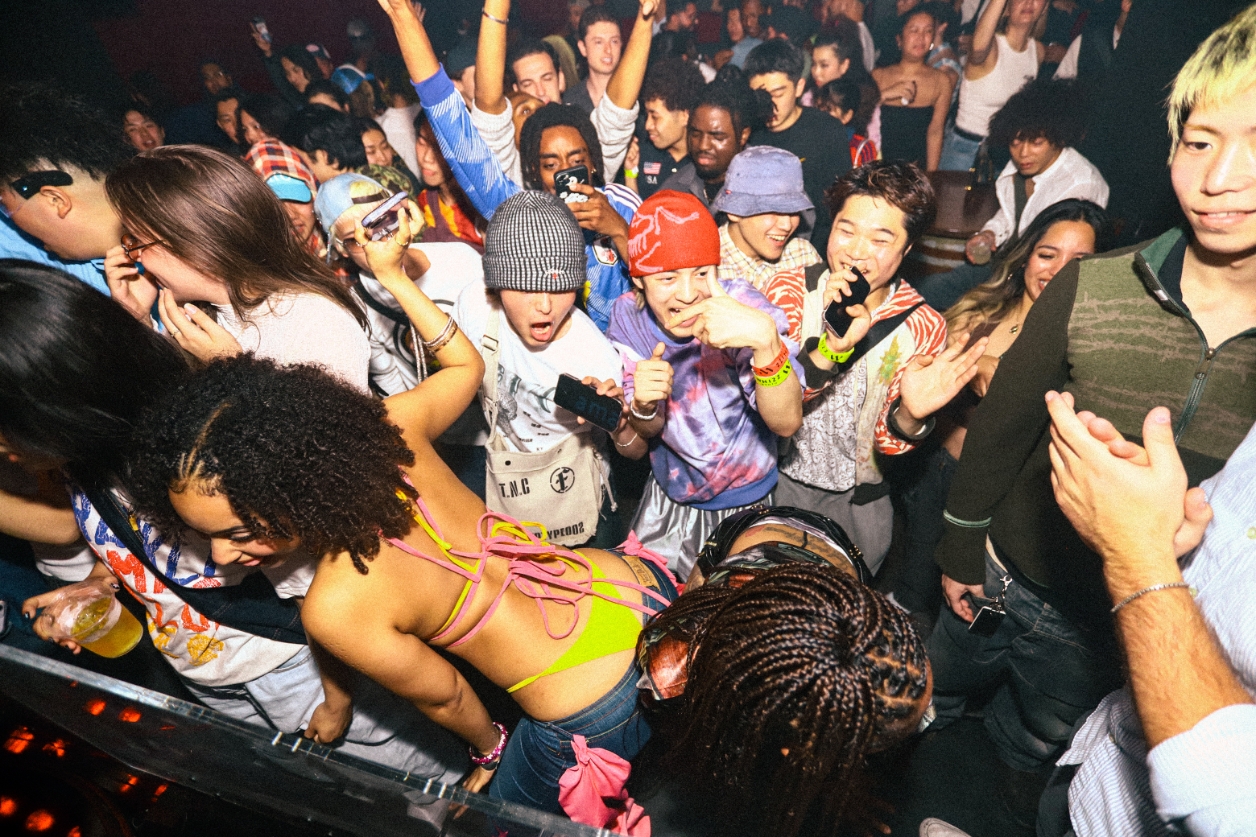
What originated from Sakura’s passionate interest in amapiano and South African music has transitioned into becoming an innovator of the nationwide party scene in Japan. From this party onwards, they have begun booking their fellow dancers to dance with them to spread the collective consciousness of freedom and joy by becoming the きっかけ (“kikkake” or opportunity) for people to set themselves free from the reluctance to twerk, dance, and express themselves.
Due to their meticulous bookings of DJs and dancers and the unique atmosphere this crew brings, AMAPINIGHT gals are receiving high demand from various locations all around Japan and perhaps from abroad in no time.
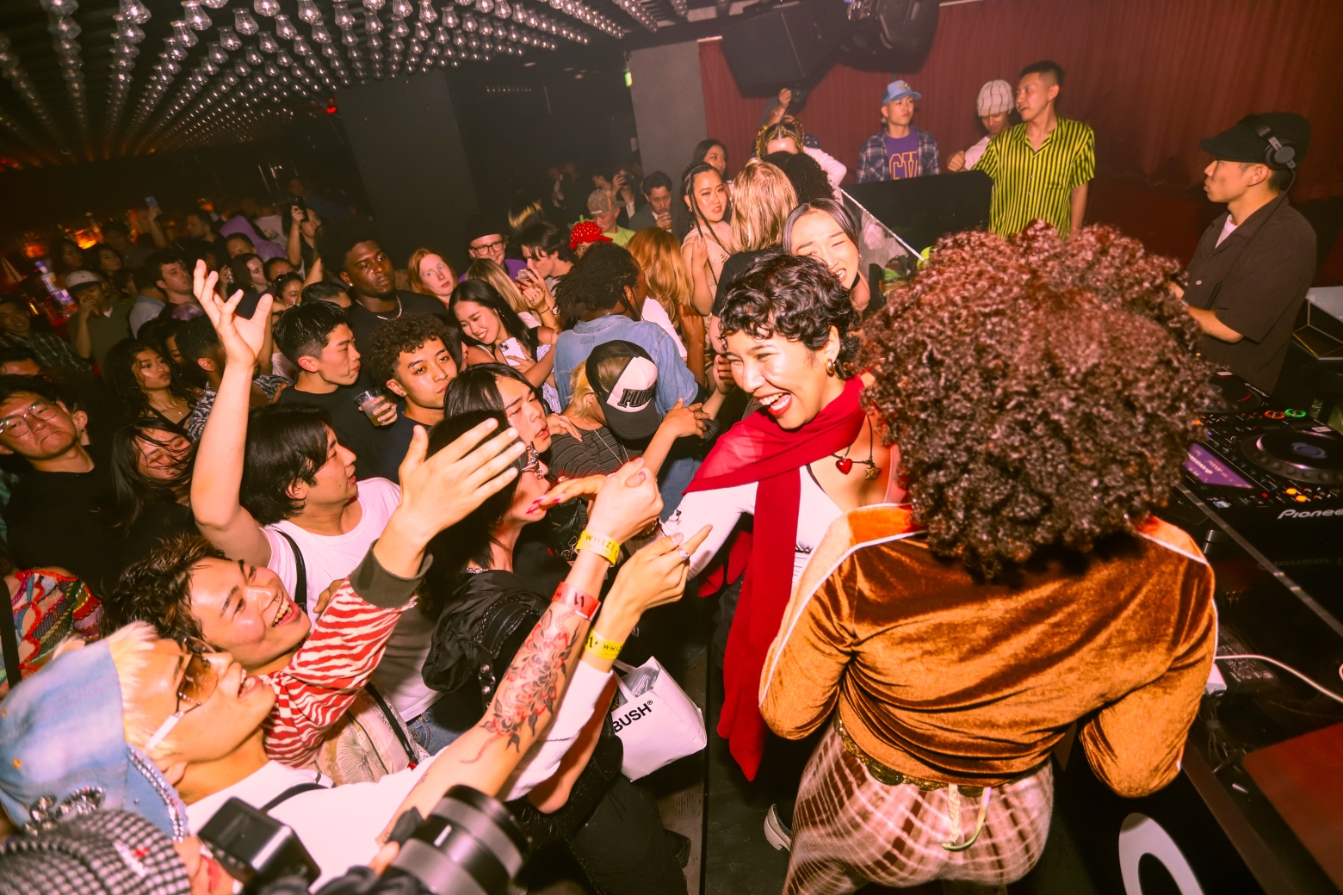
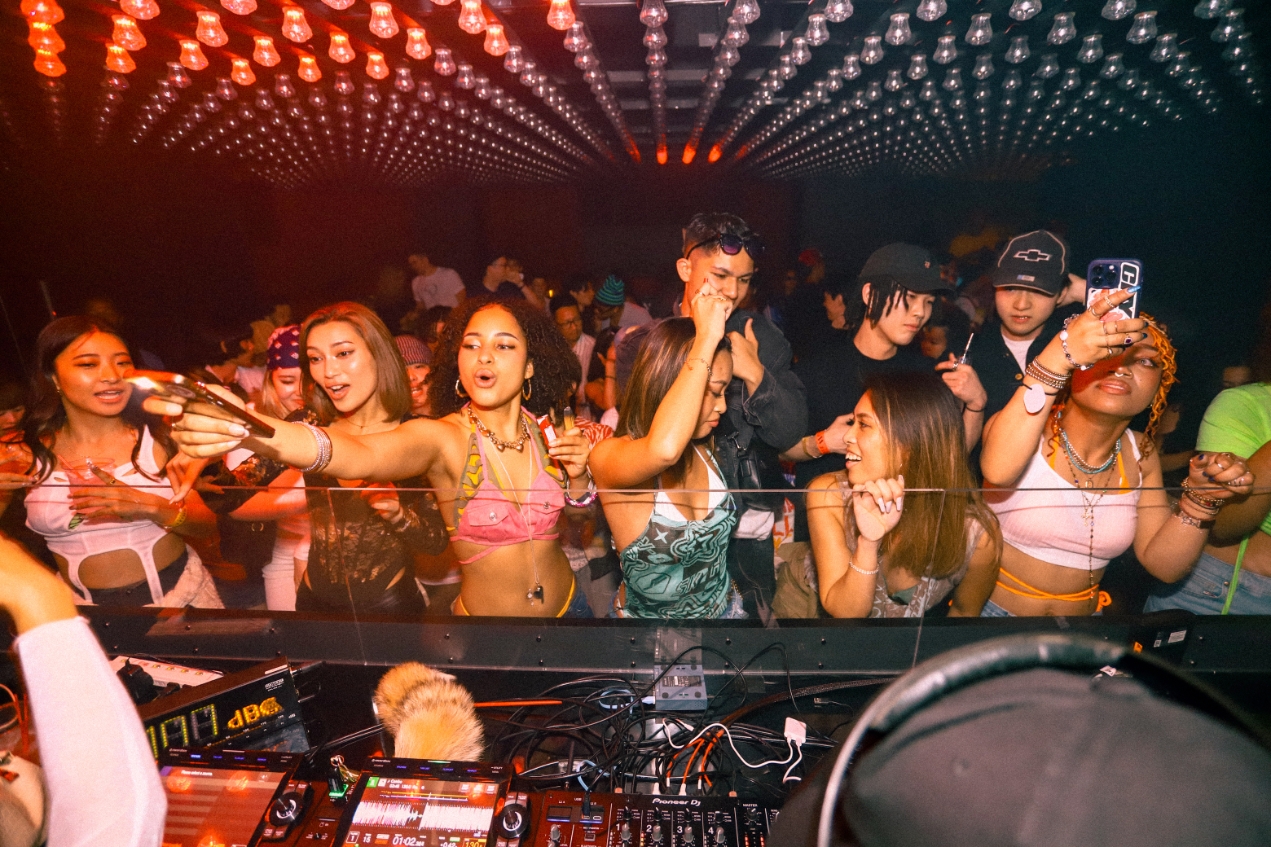
Read this next: "Genuinely needed": How WAIFU is revolutionising Tokyo's queer nightlife
Sakura and Samo mention: “We don’t want to showcase our dance skills or present ourselves as the main spotlight of this party. All we want is to secure a space for everyone so that they can express themselves. We are just here to contribute as an ‘opportunity’ for people to obtain freedom. To promote amapiano in Japan, we chose to include sounds from other genres. This way, we can have more people who have never heard of amapiano encounter its brilliance. Some people may have some frustration as it’s literally called AMAPINIGHT, but we want to be an opportunity for many.”
Another special quality of AMAPINIGHT is its strong and natural inclusivity for promoting diversity in gender, race, and sexual orientation, consciously celebrating diversity throughout its parties. Sakura herself mentioned that she aims to combine the inclusive spirit of the LGBTQIA+ community with the openness and dance element of AMAPINIGHT.
Read this next: Come on, feel the Japanoise
In general, the Japanese underground scene has much room for improvement when it comes to diversity and the concept of a safe space. Many queer-friendly parties are exclusively concentrated in specific areas in the cities: Shinjuku 2-chome in Tokyo and Dōyama in Osaka, for instance. Sakura also mentioned how she wanted to break the geographical stereotypes for queer-friendly party spots and try to bring various communities together in bigger spaces.
A voice from the crowd, Rei, shared her views on what makes AMAPINIGHT’s inclusivity special compared to other parties in Japan: “They include queer and mixed Japanese people on the stage. They allow and hype up the people on the floor as long as they give good energy. Aoi and Sakura are originally dancers, and Rina has a great synergy with them and rhythm for music, so they love seeing people who lose themselves to music and express that. I think that is why the event can keep being popular. Not just because they are cute and shake ass.”
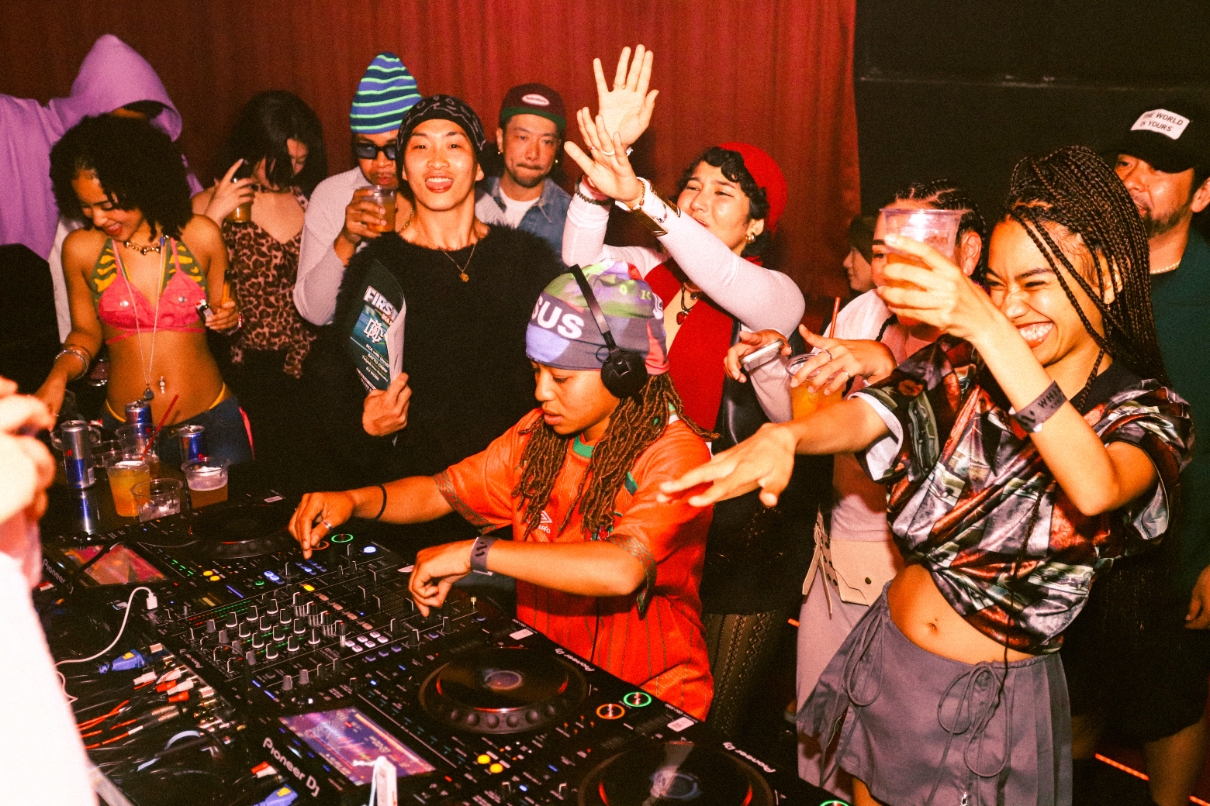
Read this next: The beautiful chaos of Amapiano, South Africa's emerging house movement
After the night in Kyoto, the three girls headed back to Tokyo and hosted another AMAPINIGHT in collaboration with INCUBUS CAMP, using two venues simultaneously; ENTER and LION. This party attracted more than 1,000 people, which maxed out the capacity of both venues and led to shutting down entry after hitting 800.
AMAPINIGHT and the girls’ next stage lies on an international level, aiming to showcase Japanese talents and bridge the world with Japan through music and dance.
Keep updated with AMAPINIGHT events on Instagram here.
Elle Katayama is an intern writer for Mixmag Asia, follow her on Instagram.
Photos taken by Kazuto.
Cut through the noise - sign up for our weekly Scene Report or follow us on Instagram to get the latest from Asia and the Asian diaspora!


